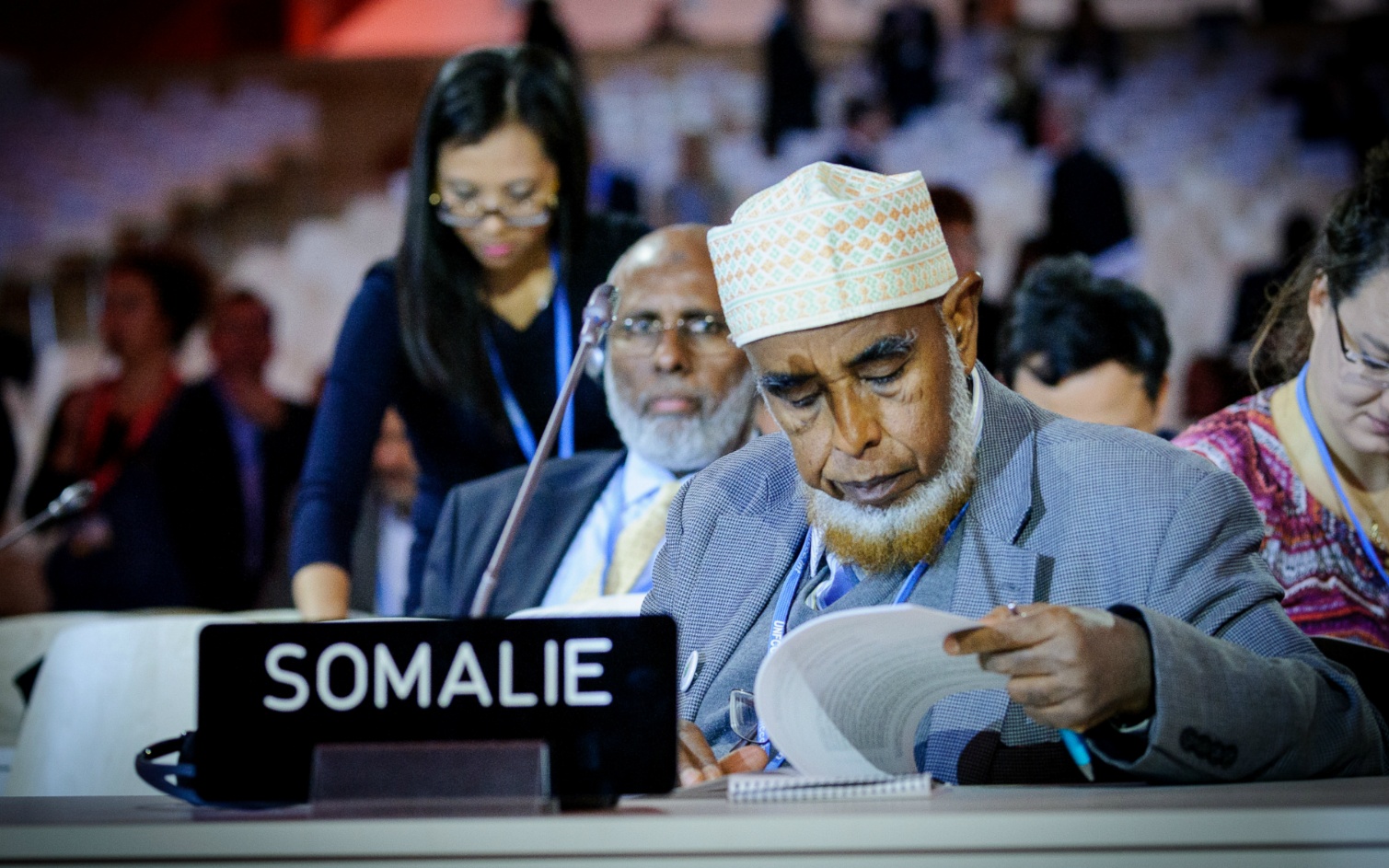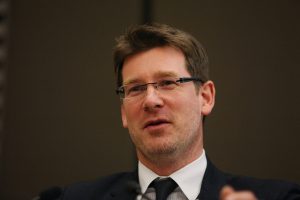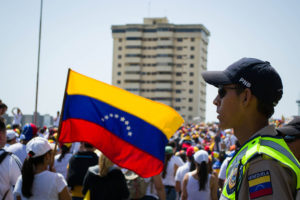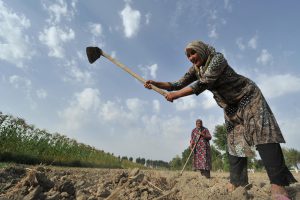Least Developed Countries (LDCs) are categorised as the most vulnerable group of countries to the impacts of climate change. Given their low capacity, limited economic development and inability to withstand extreme shocks, they are characterized as regions in need of extra consideration and support.
The UN’s list of LDCs is dominated by African countries, with several more coming from Asia and Oceania.
International communities, especially the developed countries, have time and again promised to deliver climate funding to the LDCs but this has not always materialised in practice. Every year, when the UNFCCC organises its Conference of Parties meeting, climate finance discussion takes a centre stage.
In 2001, at COP7 held in Marrakesh, a LDC Fund (LDCF) was created to help prepare and implement their immediate adaptation needs under a programme called NAPA (National Adaptation Programme of Action).
Among the 48 LDC countries, almost all have prepared and submitted their proposals but most of these projects are still waiting on funds. An estimated US$2 billion is still needed to implement all the NAPAs, according to the UNFCCC.
At COP15, Copenhagen, the developed countries made a political commitment to scale-up financial support to developing countries up to US$100 billion per year by 2020. In the short run, they promised to provide US$30 billion over the period of 2010 to 2012.
Over the years this promise has been reneged. Funds have been double counted with the regular development aid already provided to the developing countries. The Green Climate Fund (GCF) created to mobilise a large portion of the promised US$100 billion has been affected by delays.
LDCs need timely delivery of funds. First, being the most vulnerable and with the least capacity countries, they rely on the priority status they are given to support their adaptation actions and move towards a resilient future. Many people and communities in these countries already suffer from the burden of climate change. Hence, this support is expected to be additional to the traditional development aid. This funding should also help LDCs take a low carbon development pathway.
Secondly, as recognised under the Convention, the portion of US$100 billion should help fill in the LDCF, which is a dedicated fund to the LDCs. This would allow LDC countries to help implement their NAPAs and the future adaptation projects. The resources channelled from Adaptation Fund, Green Climate Fund and other sources should not be compromised.
Third, allocated climate finance is also important for the LDCs to build their internal capacity in terms of institutional, policy and programmes and absorption of the fund to address their needs. Until now, many LDCs countries were reliant on international agencies to implement their programmes and project. This fund should help towards building their own institutions.
Finally, the LDCs believe that with the promised climate finance, they can properly fight climate change and take the path towards sustainable development. The delivery of promised climate finance can save lives and livelihoods of many communities, attain food security and build a resilient future. These are the very reasons why climate finance has been such a priority issue for the LDC countries in the climate negotiations – let’s hope the US$100 billion donors do not forget this.






